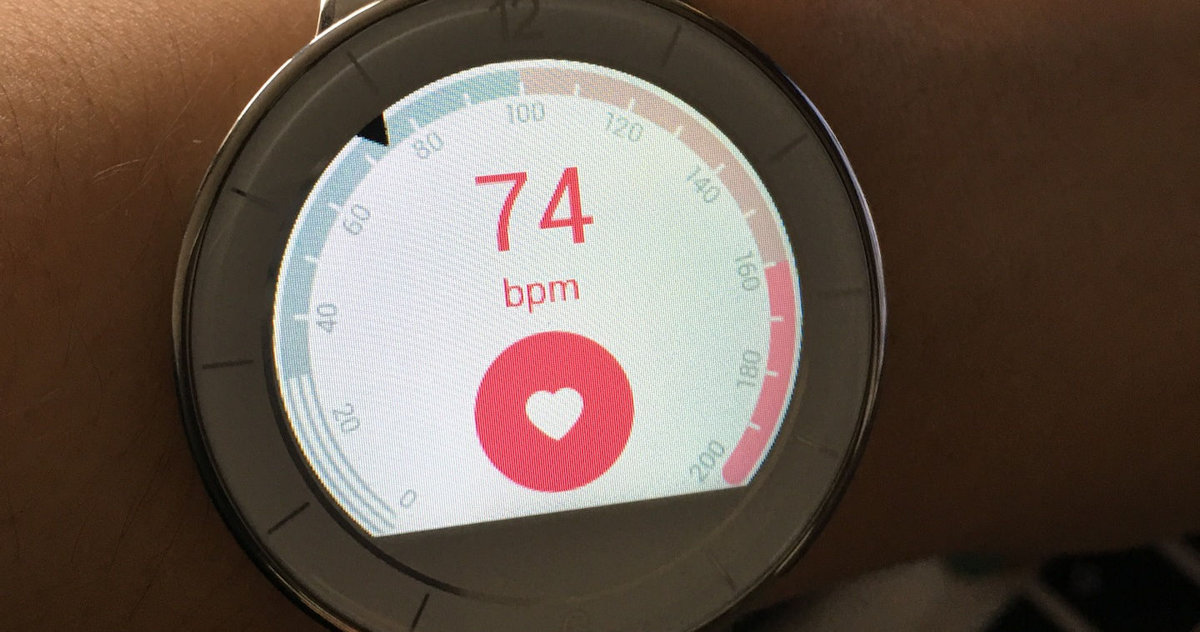Calculating Heart Rate
|
Maximum Heart Rate
The Maximum Heart Rate is determined by the participants age. This is the level that must never be exceeded. Never exercise even near the maximum heart rate. Drugs, illness, coffee, and alcohol can push the heart rate to dangerous levels. The maximum heart rate is determined as follows:
Maximum HR = 220 - Age
|
Resting Heart Rate
Heart rate is an accurate measure of your performance during the aerobic session. However, it is not the only indicator of your fitness level. The Resting Heart Rate (RHR) is measured for three consecutive mornings before you get out of bed. Keep a watch or clock with a second hand to count the beats and count for 10 seconds then multiply the total 10 second count by 6. The number you get is your resting heart rate. As your cardiovascular system becomes stronger, the resting heart rate will become lower.
Target Heart Rate
The Target Heart Rate is the heart rate range that the participant should try to maintain during exercise. The participants fitness level determines which of the three intensity levels Beginner, Intermediate or Advanced should be maintained. For each category, approximately 4 to 6 weeks should pass before moving to the next level assuming at least three aerobic sessions a week.
Heart rate should be measured every 15 to 20 minutes for experienced participants of aerobic exercise and every 5 - 10 minutes for beginners. Pulse rate can be measured from one of two anatomical sites. The carotid artery or the anterior wrist. Counting should begin within 5 seconds after exercise stops and begin with zero. Count the number of beats for 10 seconds then multiply by six to get the beats per minute. Beta Blocker medication lowers the overall heart rate. Raising the arms overhead produces a higher heart rate known as the Pressor response. If the heart rate is too low, use full range of motion and more arm movement. Conversely, if the heart rate is too high, shorten the range of motion and reduce or eliminate arm movement. During pregnancy, heart rates should not exceed 140 bpm.
There are two methods for calculation of the target heart rate. The Standard Method is the quick method and uses an intensity range of 60% to 90% of the maximum heart rate. The Karvonen method incorporates the individuals resting heart rate and is therefore the more accurate method. This method uses an intensity range of 50% to 85%.
An example calculation using the Standard Method for a 40 year old for a desired aerobic intensity of 75% would be:
Standard Target HR
|
= %Intensity/100 x (Maximum HR)
|
|
= 0.75 x (220 - 40)
|
|
= 135 |
An example calculation using the Karvonen Method for a 40 year old with a resting heart rate of 50 bpm for a desired aerobic intensity of 75% would be:
Karvonen Target HR
|
= %intensity/100 x (Maximum HR - Resting HR) + Resting HR
|
|
= 0.75 x (220 - 40 - 50) + 50
|
|
= 147
|
Recovery Heart Rate
The heart rate should be below 120 after 2 to 5 minutes after exercise stops depending on fitness level. If the heart rate is higher, insufficient cool-down or low fitness level may be the cause. Slow heart rate recovery can also be due to illness or exercising too vigorously. If this is the case, reduce the intensity of the exercise thereby adjusting the heart rate. Final heart rate check at the end of the aerobic workout should be below 100 bpm.
MET
The standard metabolic equivalent, or MET, level. This unit is used to estimate the amount of oxygen used by the body during physical activity.
1 MET = the energy (oxygen) used by the body as you sit quietly, perhaps while talking on the phone or reading a book. The harder your body works during the activity, the higher the MET. Any activity that burns 3 to 6 METs is considered moderate-intensity physical activity. Any activity that burns > 6 METs is considered vigorous-intensity physical activity.
|


